*contains minor spoilers for Neon Genesis Evangelion 3.0 + 1.0
After nearly a decade of waiting, the final installment in one of Japan’s most beloved franchises has reached the larger public. Befitting of it’s popularity, Neon Genesis Evangelion 3.0 + 1.0 is a production on the scale of which is rarely seen. Supported by first-rate CGI and compositing, the monumental collection of animation talents on this film – many of whom likely grew up watching the original TV series, left an impression that will likewise span generations. While there is much that can be said about the consistently top-level character animation throughout the film, the highlight of this piece is instead the remarkable background work by Deho Gallery – more specifically the setting they brought to life within the first hour.
At merely a glance, the art direction speaks towards an objective quality. Lush hillsides and bleached shores painted with delicate precision, and moreover, remarkable consistency as well. However, had they been limited only to the objectively strong sense, it’s unlikely their impression would be so lasting. Instead, the backgrounds of Neon Genesis Evangelion 3.0 + 1.0 are instrumental from an intangible story telling point of view as well. In the way that the two diametrically opposed halves of the film manage to co-exist, which I would go so far as to argue is among its greatest achievements.
The picturesque setting of the secluded village grants us reprieve from the historically desolate environments of the series, and in the process, re-contextualizes our perspective from the surrounding catastrophe. There is an air of new life and prosperity spilling through the screen, made even more evident by how narrowly focused the previous film was on Shinji’s personal turmoil. All told, this tonal shift is a key moment in the timeline of the Rebuilds.
By grounding the film in such a well-realized, earthly setting it allows itself the opportunity to later explore the esoteric abstractions that the Evangelion series has rested its legacy on for decades. Though, grounded as it may be, there are still many somber reminders scattered throughout the village which maintain the situation as one that is far from a paradise. To that end, the naïve eyes of Rei Ayanami become the ideal lens through which we experience this disconnect between the basic simplicities of life and the more complicated internal struggle undergone by our muted protagonist. Without the execution of Deho Gallery, and the incredible foundational support they were working with, this delicate balancing act would not have reached nearly the same effect.
To that end, there is merit in delving into the individuals and creative methods behind the craft!
Deho Gallery was jointly founded in 2015 by studios Dwango, Ponoc and Khara – with the latter being where we encounter its founder, president and Neon Genesis Evangelion director, Hideaki Anno. When considering his penchant for controlling every aspect of the production, paired with his own personal investment in both Deho and the Evangelion series, it should come to no surprise that the film’s setting exists on such a monumental scale. Though, to achieve big he actually started small, ordering a 1/45th sized model of the village that comprises most of the film’s early setting. In most ordinary situations, creating a painstakingly detailed diorama of this magnitude would either be outright economically unfeasible, or instead tasked to the CGI team. The Rebuilds of Evangelion are far from an ordinary production however, and by pursuing a pipeline of this nature instead, Hideaki Anno had the greater ability to lean into the aforementioned controlling nature of his. For this I would point towards an amusing scene in the Final Challenge of Evangelion documentary, where Anno signs off on the set four separate times before suddenly noticing, and climbing back on top of it to make tiny adjustments.
Facilitating Hideaki Anno’s relentless vision we find art director Tatsuya Kushida, an experienced individual who has been working closely with Anno for four movies over the span of fifteen years now. Familiarity often aids ambition, and at this point it’s fair to assume their business relationship went a long way throughout the lengthy production. While Kushida’s previous art direction work on the Rebuilds originated from Studio Bihou – a prestigious architect of background art in its own right, it’s not until the fourth and final movie that he joined Deho Gallery, with sudden access to one of the strongest teams of painters ever assembled.
The majority of background artists credited on Neon Genesis Evangelion 3.0 + 1.0 have distinguished Studio Ghibli experience, but there are a few others in particular deserving of a special mention. Namely, Takashi Omori, to whom Mamoru Hosoda owes the art direction in Boy and the Beast and Mirai to Mirai. As well as Nobutaka Ike, responsible for the same role in every major film directed by the late Satoshi Kon.
While Deho Gallery prides themselves on preserving the hand-painted tradition, the studio has also maintained an extensive digital pipeline, offering the ability to adapt to many different scenarios. Art Director Tomotaka Kubo’s efforts with Promare are evidence enough of that, as aside from Hiroyuki Imaishi’s brazenly angular presentation existing a world apart from the soft contours of a Studio Ghibli film, it nonetheless featured some of the most striking art direction in recent memory. Evangelion similarly taps into this versatility with many of its set pieces in the second half of the film especially, digitally painted.
Backgrounds are almost never painted from scratch however, so plenty of credit needs to be shared among the many notable artists such as Mahiro Maeda and ex-Ghibli background veteran Yoshikazu Fukutome who contributed concept art and image boards to serve as a foundation for the work. I previously mentioned the diorama of the village but similarly, the CG staff deserves a mention for modeling many of the more complex settings prior to the painting stage. Once again a luxury not shared by most anime productions, so it’s fortunate this staff made the most of having physical three-dimensional environments to play with, and no scene is a better example of this than the time-lapse.
Ultimately, Neon Genesis Evangelion 3.0 + 1.0 and the franchise as a whole is the success that it is because it attempts to explore human nature through well-realized characters within a well-realized world. While many media can boast of the former, it’s pretty rare to see both come together in such a powerful way. The final installment (at least under Hideaki Anno) is not only no exception, but rather the exemplar, and it’s in large part due to the monumental collaborative efforts between likewise talented individuals.
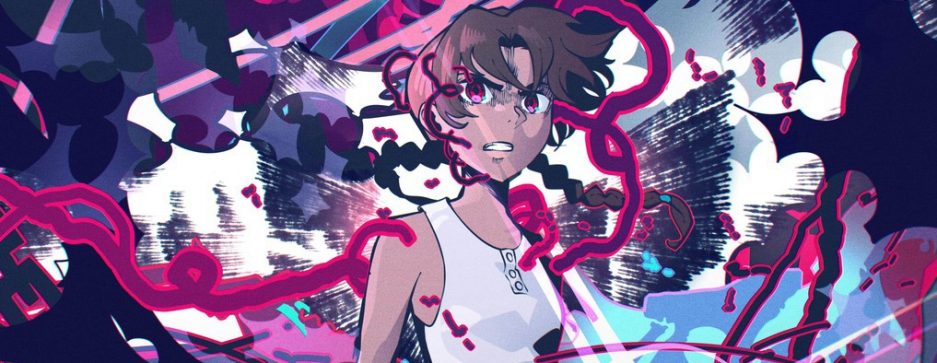

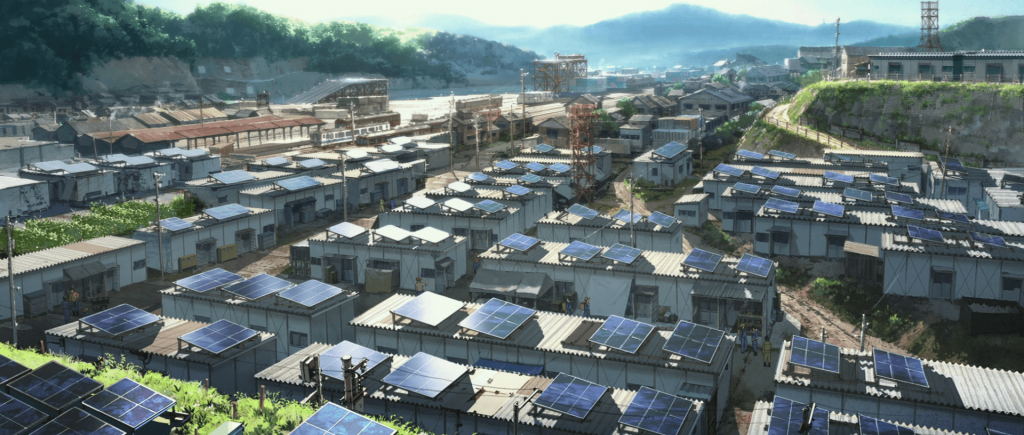

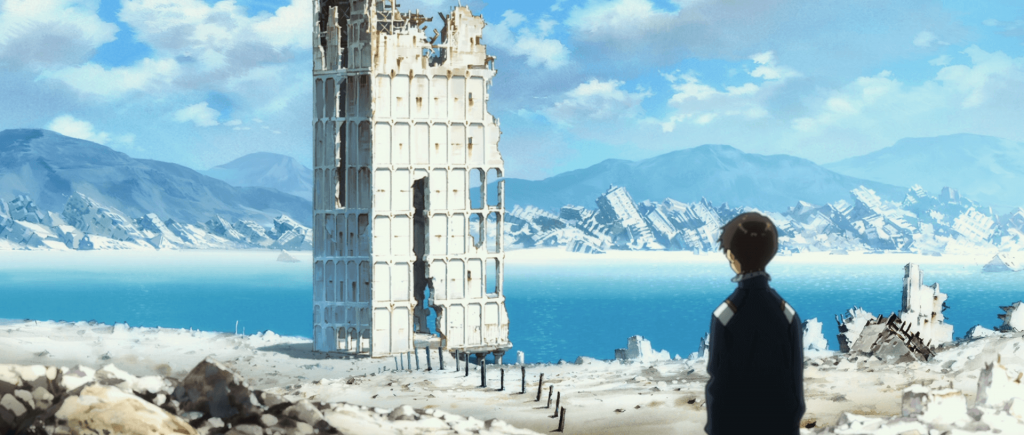
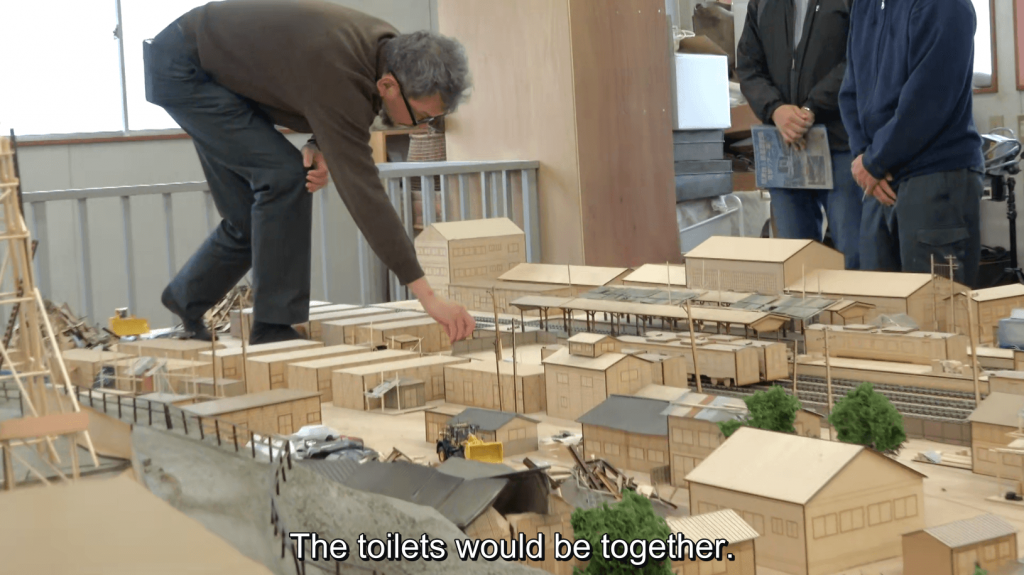


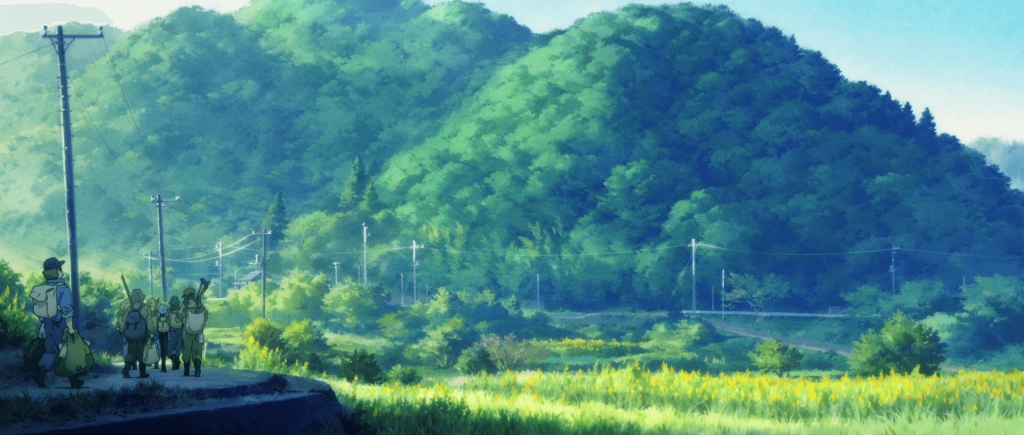

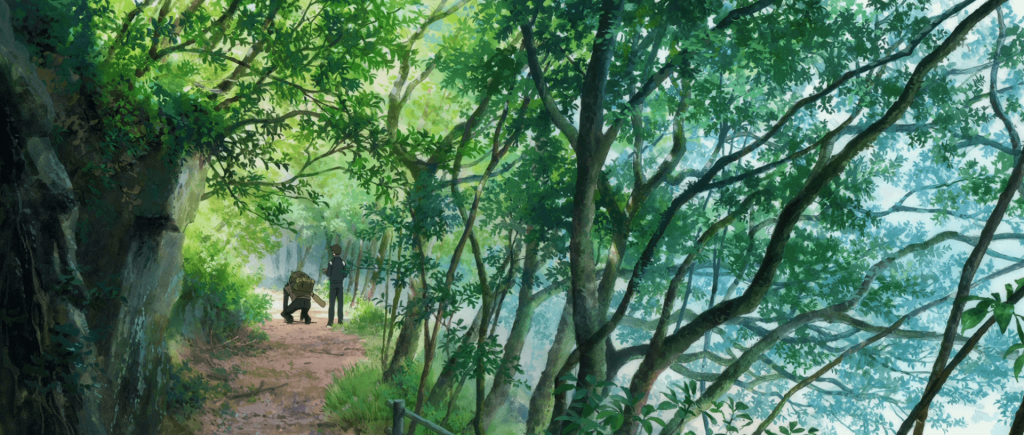
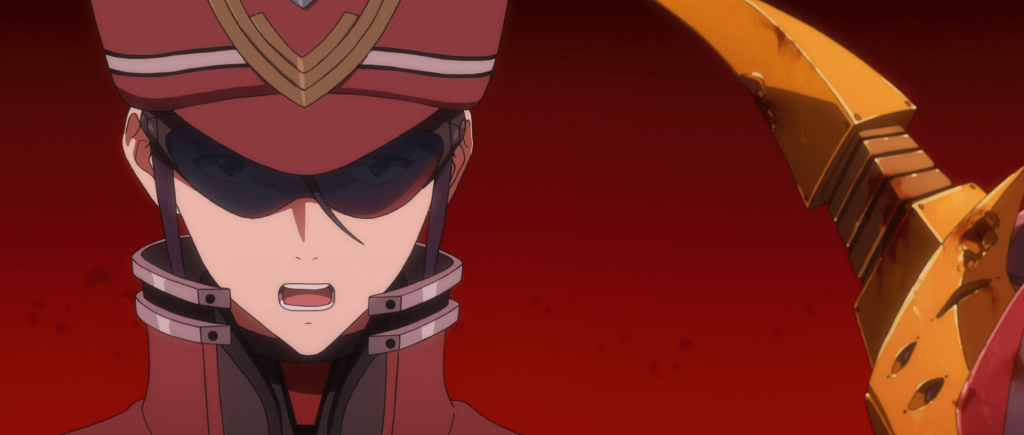
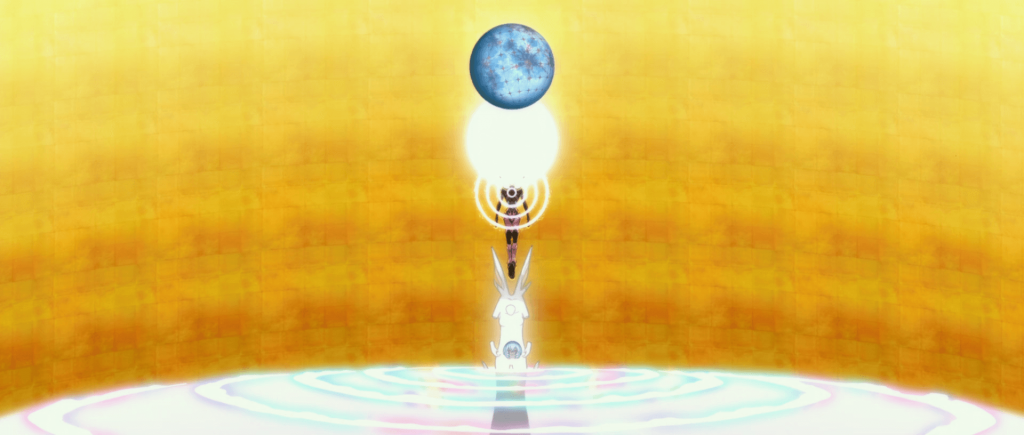

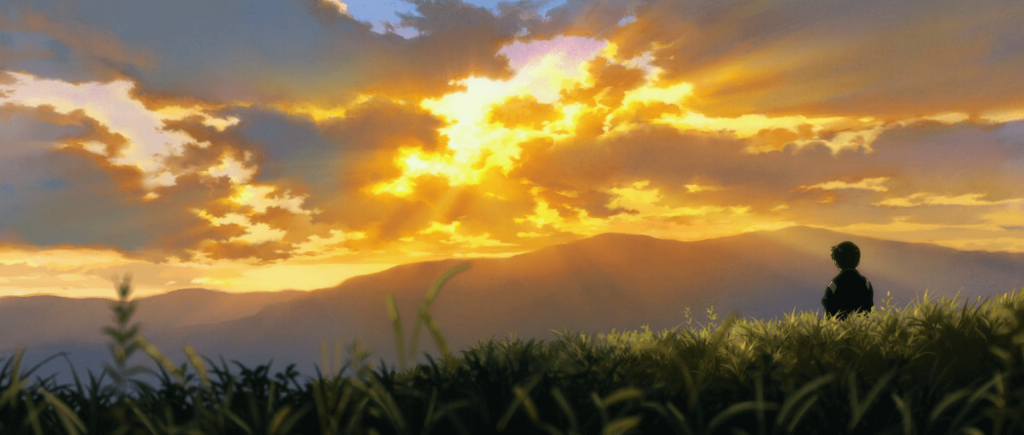
One thought on “Neon Genesis Evangelion 3.0 + 1.0: Deho Gallery and Tatsuya Kushida’s post-apocalyptic Eden”